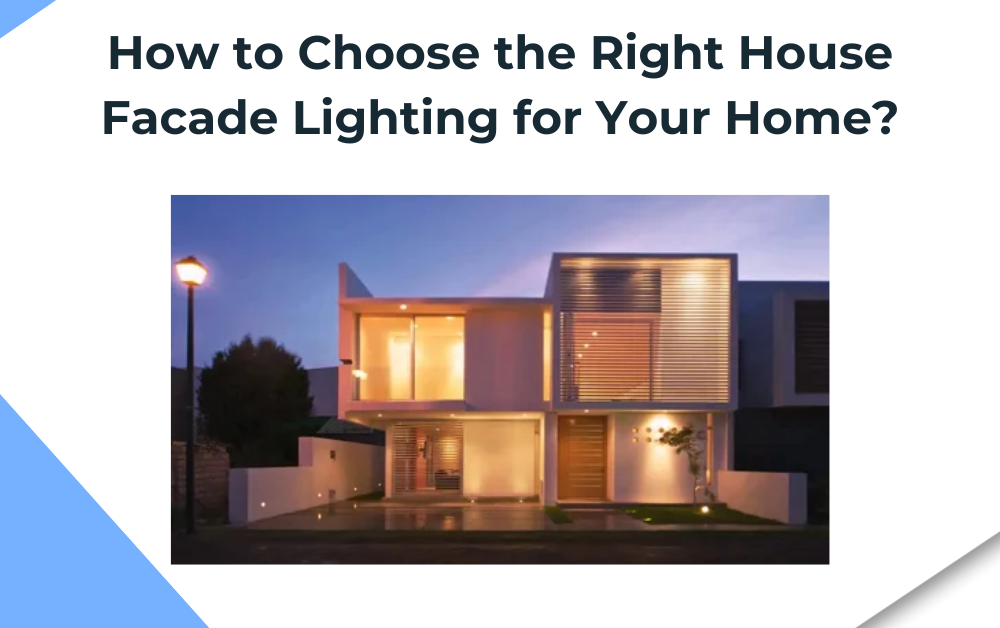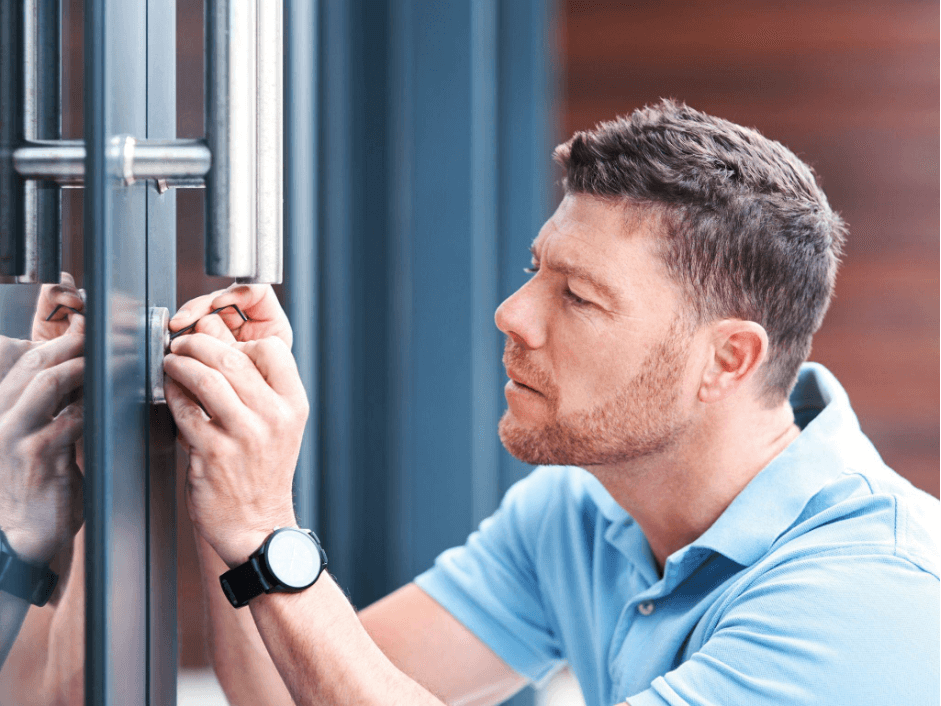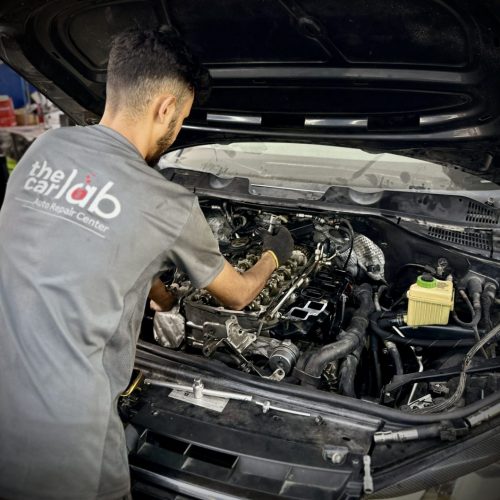When it comes to enhancing the curb appeal of your home, few things have as much of an immediate visual impact as the right house facade lighting. The exterior of a home is the first impression visitors and passersby have, and lighting plays a significant role in setting the tone for the rest of the property. Whether you’re looking to highlight architectural details, provide better security, or create an inviting atmosphere, the right lighting can transform the appearance of your house at night.
Understanding the Importance of House Facade Lighting
House facade lighting is not only about aesthetics; it serves multiple functional purposes. The right lighting can accentuate your home’s best features, increase safety, and create a welcoming atmosphere for both residents and guests. Additionally, it can extend the visual appeal of your home into the evening hours, making it a standout property in the neighborhood.
Lighting can enhance architectural elements, such as columns, arches, and windows, or create shadows and contrasts that emphasize texture and depth. Well-chosen lighting can even highlight landscaping elements like trees, pathways, or water features. It’s about creating an ambiance that reflects your personal style and complements the architectural design of your home.
NOTE – Star Facade Lighting had been providing outstanding house facade lighting solutions, helping homeowners illuminate their exteriors with style and energy-efficient options. Get in touch for tailored lighting solutions to suit your home’s design.
Choosing the Right Type of Lighting
Selecting the right lighting fixtures for your house facade involves understanding the different types of lighting available and how they can be used effectively. There are several key options to consider, including:
- Wall-mounted lighting: Fixtures like sconces or lanterns can be installed near entrances or along the facade to cast a warm, inviting glow.
- Spotlights and floodlights: These lights are perfect for highlighting specific architectural features such as columns, statues, or a unique roofline. They are ideal for creating dramatic effects.
- Pathway lighting: Illuminate walkways or driveways to provide clear visibility while adding a soft, welcoming touch.
- Up-lighting and down-lighting: This type of lighting is perfect for emphasizing the height and shape of the facade. Up-lighting projects light upwards, while down-lighting focuses on a downward direction, each offering unique effects.
When choosing the right type of lighting, it is important to understand the effect you want to achieve. Do you want your home to appear grand and dramatic, or do you prefer a soft and subtle look?

Consider the Style of Your Home
The architectural style of your home plays a crucial role in determining the type of lighting that will work best. A contemporary or minimalist home may benefit from sleek, modern lighting fixtures with clean lines, while a traditional home may require more decorative fixtures, such as vintage lanterns or wrought-iron sconces.
Matching the lighting fixtures with your home’s architectural style ensures a cohesive and polished look. The lighting should complement, not compete with, the design elements of the house, enhancing the overall aesthetic.
Assessing the Brightness and Color Temperature
One of the most critical factors to consider when choosing house facade lighting is the brightness and color temperature of the lights. Brightness, measured in lumens, determines how much light is emitted from a fixture. Depending on the size of the facade and the desired effect, you’ll need to select the appropriate brightness level.
For example, floodlights or spotlights used to highlight a grand feature like a column may require a higher lumen output, while smaller fixtures designed to create subtle ambiance may need lower brightness levels.
Color temperature, measured in Kelvin (K), refers to the warmth or coolness of the light emitted. Warmer light (around 2700K-3000K) creates a cozy, inviting atmosphere, which works well for residential homes. Cooler light (above 4000K) is more clinical and often used for security lighting, but it can also be used to highlight modern or industrial home designs.
Energy Efficiency and Sustainability
Sustainability is becoming an increasingly important consideration for homeowners. LED lighting has become the standard for house facade lighting due to its energy efficiency and long lifespan. LED lights consume far less energy than traditional incandescent bulbs, which can result in significant cost savings over time. Furthermore, LEDs have a lifespan that far exceeds that of incandescent or halogen bulbs, reducing the frequency of replacements and minimizing waste.
In addition to saving on energy costs, LED lights are available in various color temperatures and designs, making them versatile for any home. Many LED lights are also dimmable, giving homeowners the ability to adjust the lighting intensity based on their needs.
Layering Lighting for Maximum Effect
When planning your house facade lighting, it’s essential to consider layering the lights to create a balanced, visually appealing effect. Instead of relying on a single light source, combining various lighting techniques can highlight different aspects of your home.
Start with general ambient lighting to provide a soft, even illumination. Then, use accent lighting to focus on key architectural features or landscaping elements. Finally, incorporate task lighting for functional purposes, such as illuminating the entrance or driveway. Layering different types of lighting ensures a well-rounded effect, adding depth and dimension to the facade.
Safety and Security Considerations
House facade lighting is not just about aesthetics—it’s also an essential part of the security of your home. Proper lighting along pathways, driveways, and entrances can deter intruders and make it easier for residents and guests to navigate safely in the dark. Bright lighting near the front door or garage can also enhance the feeling of safety by eliminating dark corners or blind spots.
When selecting security lights, choose motion-activated lights to ensure they only turn on when needed, saving energy while enhancing security. Strategically placed motion-sensor floodlights can help illuminate the surrounding areas of your property, providing both protection and visibility.
Considering the Placement of Fixtures
Placement is a critical aspect of designing your house facade lighting. The positioning of the lights will determine how effectively they illuminate the architectural features and outdoor spaces around your home. It’s important to consider both the height of the fixtures and the direction in which they cast light.
For example, placing lights too high can result in a harsh, unflattering effect, while fixtures placed too low may not illuminate the space adequately. Consider hiring a lighting designer to help determine the optimal placement of your lighting fixtures, ensuring that the final result complements your home’s architecture and meets your desired effect.
Budgeting for House Facade Lighting
The cost of house facade lighting can vary widely depending on the type of fixtures, the number of lights, and the complexity of the installation. While it’s tempting to choose inexpensive fixtures, it’s essential to consider the long-term costs of energy consumption and maintenance.
LED lights may have a higher upfront cost, but they save money in the long run due to their energy efficiency and longevity. Additionally, the installation of high-quality fixtures and proper wiring can help avoid costly repairs or replacements in the future.
Set a budget that considers both the initial investment and the long-term savings. It’s also wise to factor in installation costs if professional help is required to ensure a safe and effective setup.
Creating the Right Ambiance
Lighting is an effective tool for creating ambiance around your home. The right combination of light intensity and color can completely change the mood of your outdoor space. For a dramatic effect, use up-lighting to highlight architectural features such as columns or windows. Down-lighting, on the other hand, can create a more subtle, ambient effect, perfect for patios or outdoor dining areas.
The ambiance you create with your lighting should align with the desired atmosphere for your home. Whether you’re aiming for a warm, inviting glow or a striking, modern look, there are plenty of options available to match your style.
Conclusion
Choosing the right house facade lighting for your home is an important decision that can significantly enhance its visual appeal, functionality, and safety. By considering factors such as the architectural style of your home, the type of lighting you need, energy efficiency, and placement, you can create a lighting design that not only highlights the best features of your home but also improves its security and overall ambiance.
When selecting lighting fixtures, prioritize quality, sustainability, and long-term value to ensure that your home’s exterior remains beautiful and well-lit for years to come.
For More Insightful Articles Related To This Topic, Feel Free To Visit: viewsparrow












